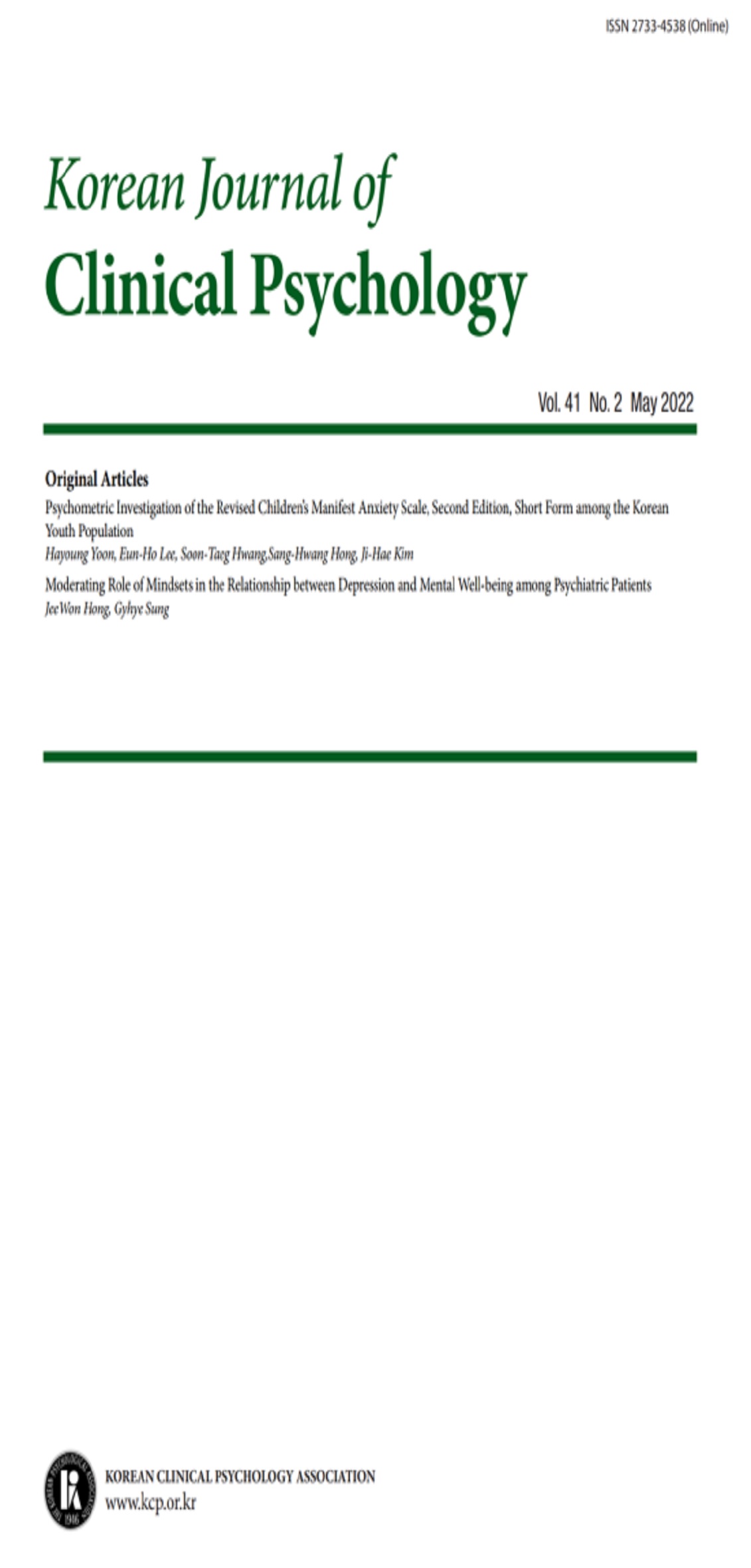open access
메뉴
open access
메뉴 E-ISSN : 2733-4538
E-ISSN : 2733-4538

The purpose of this study was to examine the efficiency of the Cock Drawing Test(CDT) as a screening test for detecting dementia. The CDT, the Short form of the Korean Boston Naming Test and the Korean Mini-Mental Status Examination were administered to 25 patients with clinically diagnosed dementia and 25 normal controls. The cut-off scores, efficiencies, sensitivities, specificities, positive predictive powers and negative predictive powers of each test were calculated. Also, four separate scoring system were used to calculate cut-off scores, efficiencies, sensitivities, specificities, positive predictive powers and negative predictive powers of each clock drawing, and then the analysis of error type was conducted. All the three tests significantly discriminated dementia patients from normal controls. Four scoring system were also efficient for differentiating dementia and normal control groups. In the error type analysis of clock drawing, 'difficulties in graphic' and · 'perseveration' were more frequent in patients with dementia than in normal controls. Finally, the suggestions, limitations and further issues for future study were discussed.
